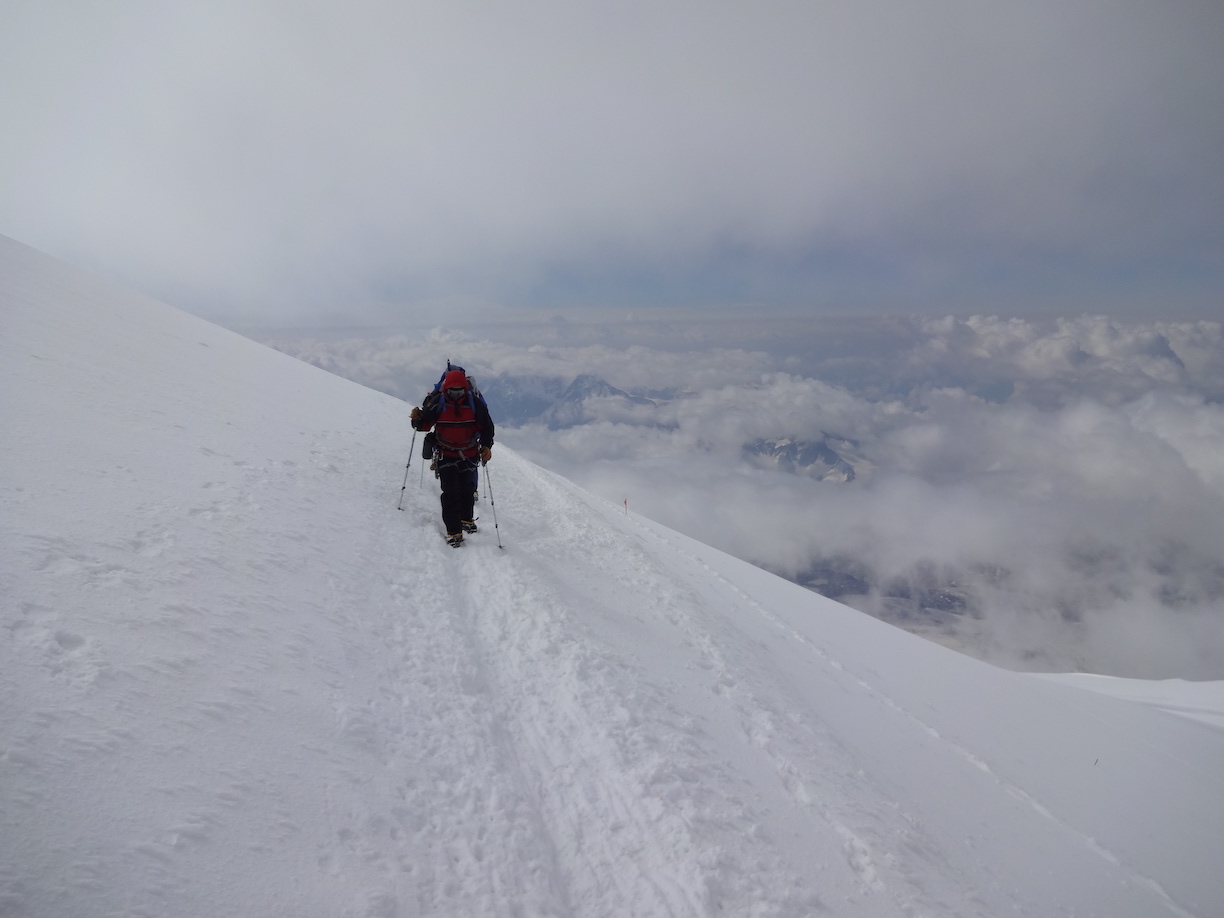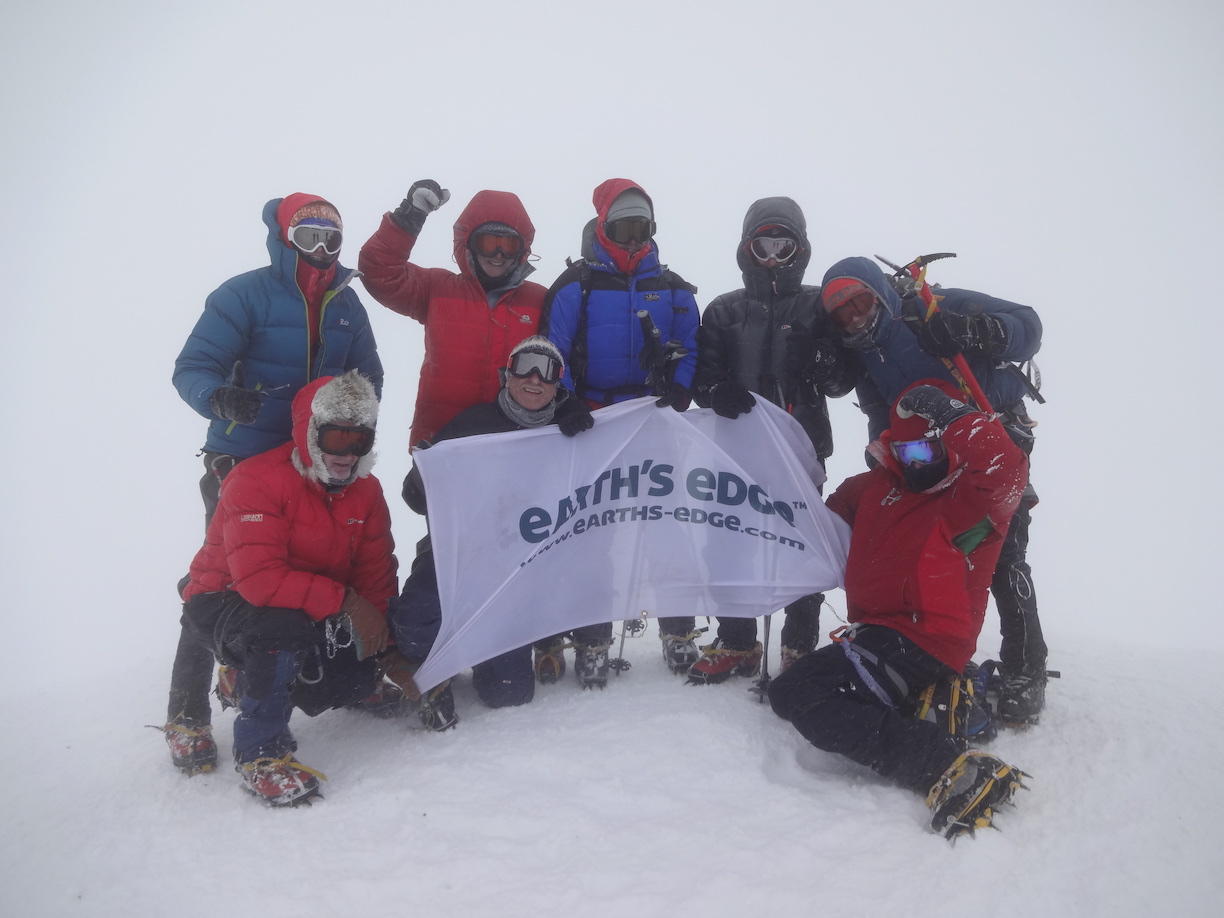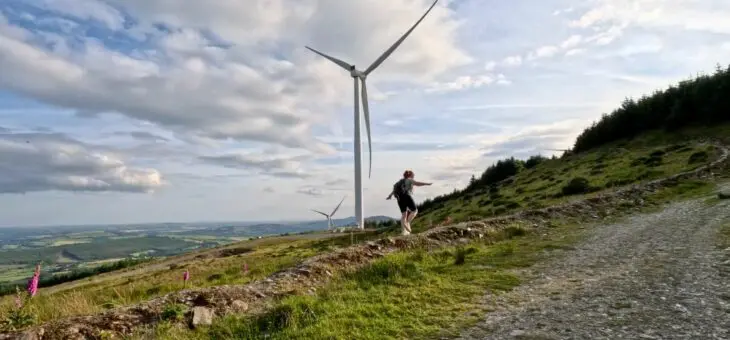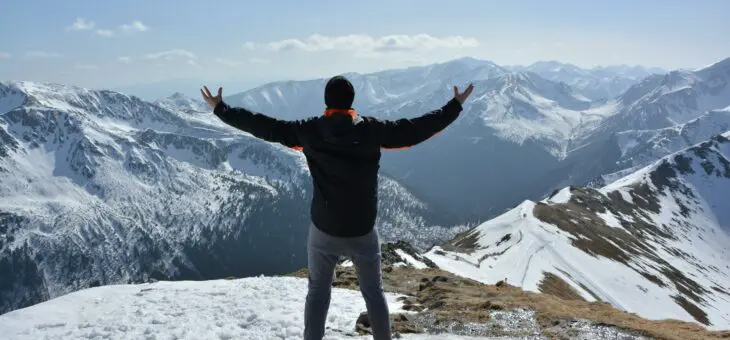
The summit day of every trek is always going to be a tricky one. It often means starting off before the sun rise (as is the case with our Kilimanjaro trip) and trekking through the night. But one of the toughest summits around is Mount Elbrus. But just how hard is summit day on Elbrus? We have a trip report for the summit day, so you can read all about it…
Summit day on Elbrus
Getting to the summit of the highest mountain in Europe was always likely to be as challenging as it would be rewarding….and so it proved.
We awoke in the earliest hours of the morning, and although the night was clear, a strong wind was blowing. The wind was buffetting the mountain hut as we sipped our breakfast of coffee, honeyed porridge and biscuits. It was enough to have everyone reaching for an extra layer, or those warmer gloves, before we tip-toed out into the night air at 2am. It wasn’t long before the drowsy heads were clear and focused as we crossed the rugged moraines by torchlight.
Lentz Rocks
Reaching the ice of the Elbrus glaciers we stopped briefly to fit crampons, and one by one we began the steady ascent towards ‘Lentz Rocks’ 800m above. This first steep climb is only broken by a stop to rope-up for the crevassed zone, after which the angle increases. As Lentz rocks approach, thankfully so does the morning sun. The eastern horizon is ablaze and not a moment too soon, as the warmth of the sun is needed as we continue on past the height of Mont Blanc towards ‘Helicopter Point’.
After a brief stop to adjust clothing for the cold of higher altitudes, grab a snack, and add goggles to protect us from the sun and the spindrift, we continued on the long traverse across the upper glacier towards the saddle that separates the East and West summits. Passing the 5000m mark for the first time the altitude starts to bite and the saddle seems to get no closer despite the upward march. The weather closed in with clouds blowing down from the summit obscuring the view. Only the merciful easing of the angle beneath our crampons told us that we had reached the saddle. We were about to begin the final phase of the climb.

The summit
As we huddled and took on board some drinks and snacks, the wind blew the snow around us. However the squall passed and a clearance in the clouds brought relief. We saw the fixed rope that lead towards the summit, only a short icy traverse above us. Leaving our bags at the saddle we set off for the ropes, happy to reach them and clip ourselves in to protect ourselves on the climb across the steep summit slopes. This brought us past 5500m and onto the final short summit ridge. Although tired, the elation of summiting brought new energy which hurries us along the final few hundred metres to the summit, for hugs, flags and photos.
Stormy weather
But we couldn’t linger… the clouds that had parted at the saddle are now darker and ominous as the forecasted storm closed in. Before we returned to our rucsacks at the saddle, the summits disappeared into a sea of clouds and wind. Snow was falling and thunder was rumbling. We didn’t stop for long. As the line of happy but weary climbers began the downward march through the falling snow, lightning flashed across the peaks to hasten us along.
Down, down, down, through the whiteout, until slowy the rocky landmarks of our route up began to appear again through the snowfall. ‘Helicopter Point’ passed without a pause, as did ‘Lentz Rock’, because the need to escape the weather was more important than a rest. By the time we reached ‘Lower Lentz Rock’ the storm was clearing. We could take a few minutes break, eat, check equipment and prepare for the final steep slope. We trekked across the glacier back to a snow covered camp, where a hot meal, and welcoming sleeping bag awaited us after a long but fulfilling day on the the roof of Europe.”
Check out our expedition to Mount Elbrus here.






